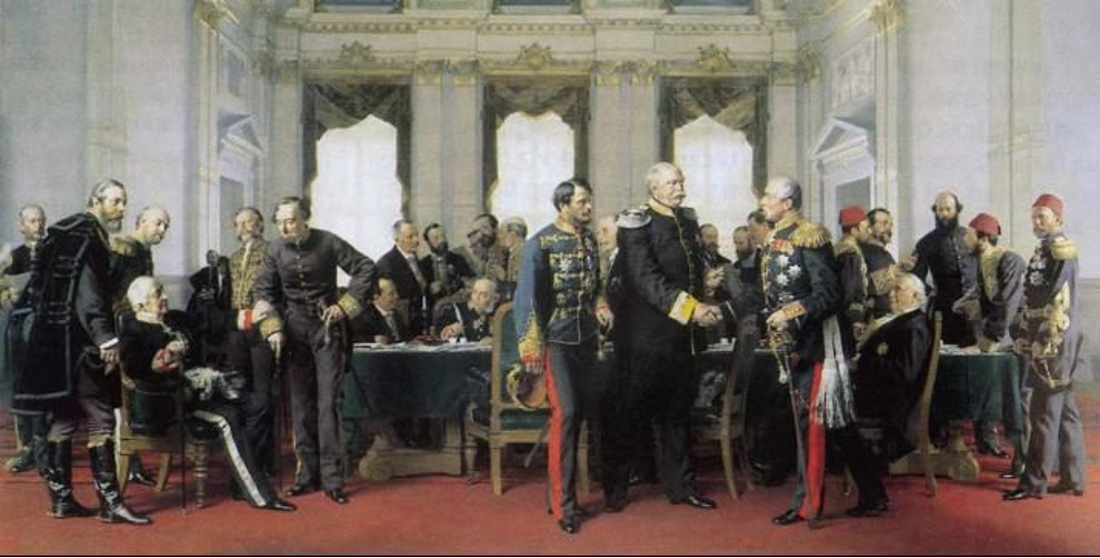Human beings are tribal creatures. It’s part of our nature, and some of the most important markers that identify an individual with one group or another are not obvious to an outsider. In 1885, a group of high-ranking European diplomats gathered in Berlin to draw arbitrary lines across a crude map of a continent where most of them had never stepped foot, forming what are to this day the boundaries between African states. Greedy for power and resources, they gave no consideration to the cultures, languages, and tribal divisions of the people that lived there, or for a century’s worth of conflict and instability that would flow from their actions. While this seems appalling to us now, such aloof leadership is hardly a thing of the past. We can find a version of it in many organizations today whose leaders are unaware or indifferent to the tribalism that exists in various forms right under their noses.
I experienced this first hand during a field assignment in San Pedro Sula, Honduras, a city known as “the murder capital of the world” because of out-of-control crime and violence brought by the drug trade. I knew this going in, but what I did not expect was the conversation I had with my new boss on my first day in the office. “We don’t need an American,” he started. “I can hire a local for just a fraction of the cost of keeping you here. You’re only here because they sent you.” I knew the “they” he was so disdainfully referring to were the higher-ups in the organization’s US-based headquarters, the same people that had assured me I’d be welcomed with open arms as a valuable asset to the field-based team. Apparently, they were not aware of what was becoming clear to me as the conversation continued, that though the matching logos on our shirts would suggest otherwise, at least in the mind of this leader, we were not all on the same team.
Whether by departmental divisions, management vs. labor, admin vs. program, or as in my case, HQ vs. field office, tribal boundaries can crisscross organizations in many ways. If you listen closely for the “we”, “they” verbal cues, you’ll get a sense of where the lines have been drawn in your organization (it’s funny how these lines can suddenly multiply whenever a problem occurs). Good leaders know where the boundaries are and actively build bridges between groups to help their organizations thrive. The very best leaders have a way of transcending traditional divisions to create entirely new group identities that become deeply rooted in the hearts and minds of their members, turning “theys” into “wes” in the process. Thoughtful Christians understand this principle when they read in the scriptures, “There is neither Jew nor Gentile, neither slave nor free, nor is there male and female, for you are all one in Christ Jesus.” (Gal. 3:28) But even Jesus had his we/they line; just one, drawn between sheep and goats which are distinguished only by their bond with the Good Shepard and their responsiveness to his leading. (Matt. 25:31-46)
Reflection Questions
Where do we/they lines exist in your organization, office, or department?
Where are your personal we/they lines (you’ve likely passed them on to others)?
How might you help turn “theys” into “wes” in your organization


